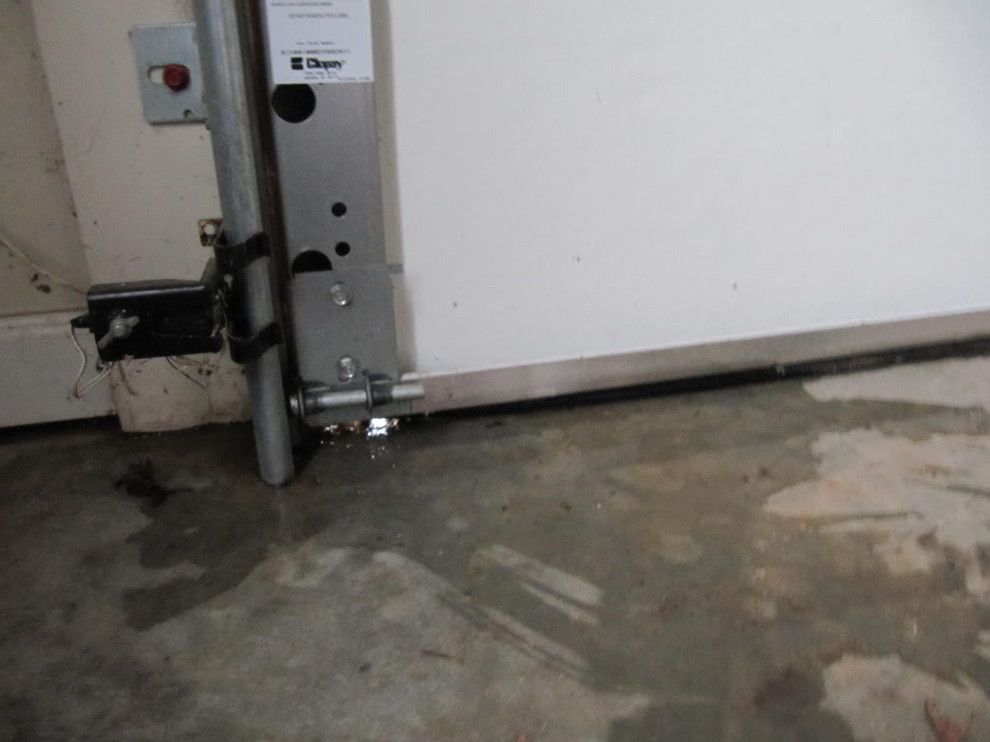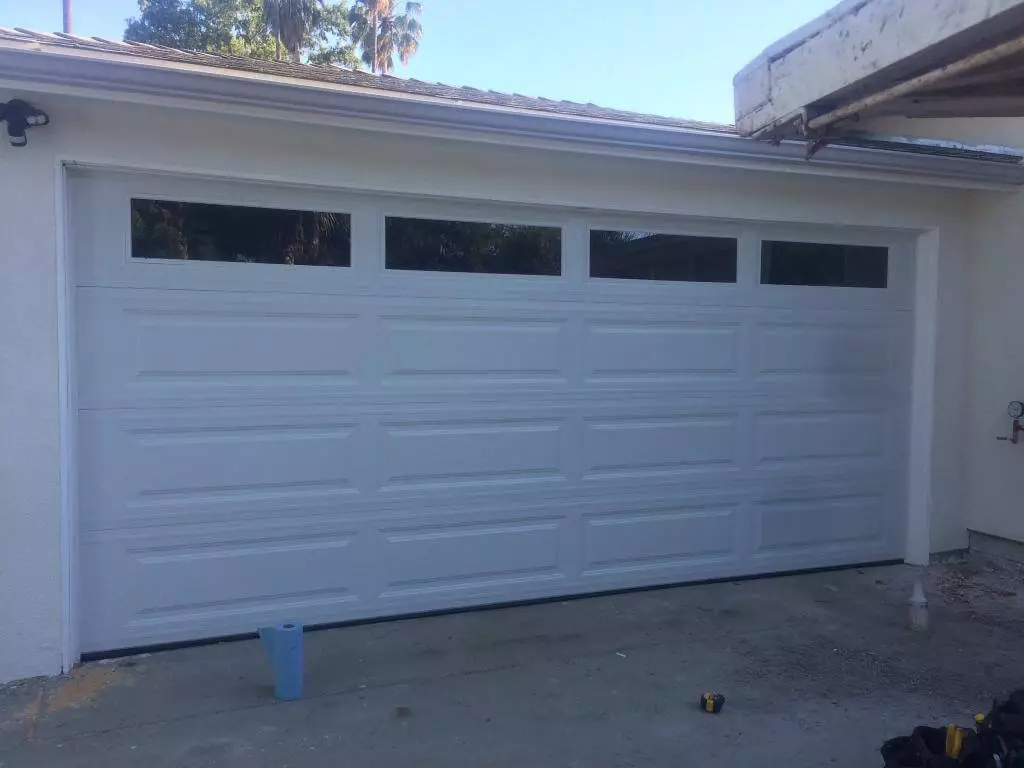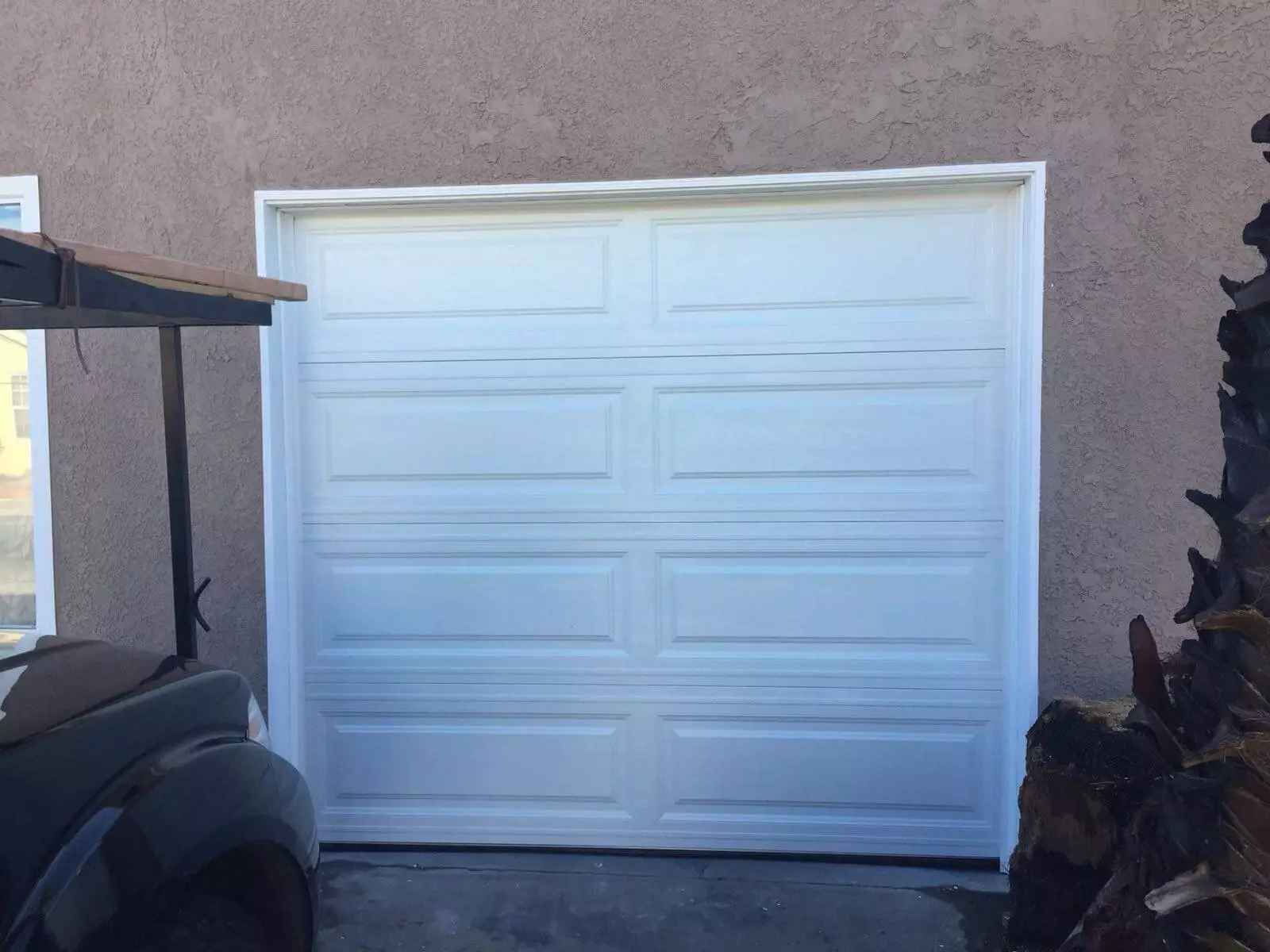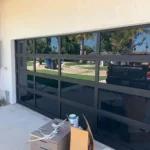If your garage feels boiling in summer and freezing in winter, the problem often starts at the rafters. When rafters are exposed and uninsulated, heat easily enters or escapes — making the garage uncomfortable, noisy, and energy inefficient. One of the most effective solutions is spray on insulation for rafters in garage, especially spray foam insulation that forms an airtight thermal barrier.
In this blog, I’ll explain how spray-on insulation works, why homeowners prefer it for garages, how much it costs, and a real-life case study.
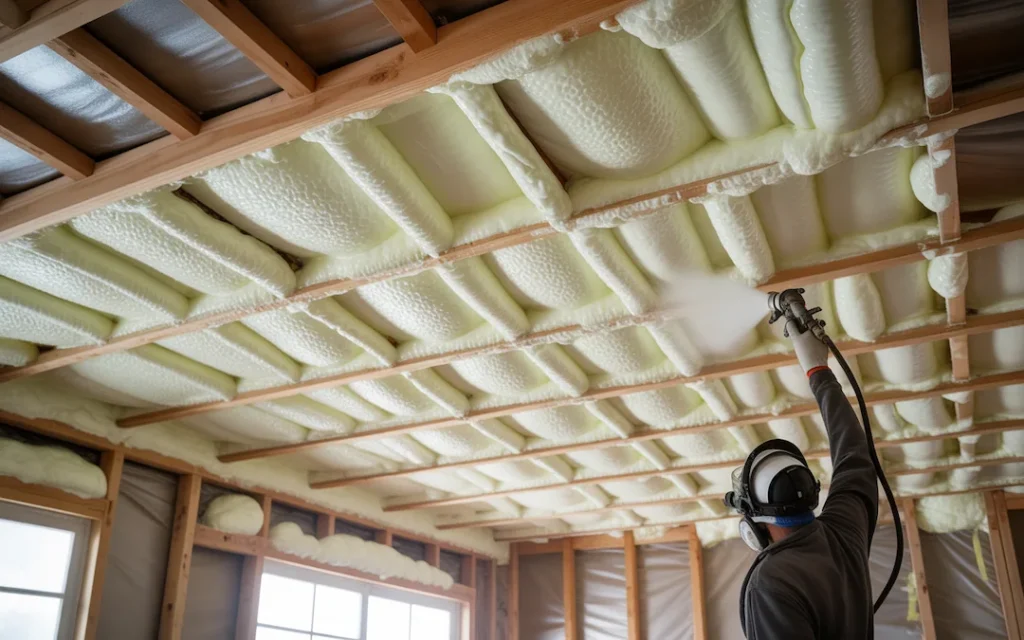
Content
What Is Spray On Insulation for Garage Rafters?
Spray on insulation for rafters in garage (commonly spray foam) is a type of insulation applied using a spray gun. Once sprayed, it expands and fills all gaps, cracks, and irregular spaces in the rafters. This helps prevent:

- Heat loss during winter
- Heat infiltration during summer
- Moisture buildup and condensation
- Dust and pest entry
Unlike fiberglass batts, spray foam adhesively seals onto the rafters, increasing structural rigidity and improving the overall efficiency of your garage.
Why Spray On Insulation Is Perfect for Garage Rafters
Many homeowners struggle with the decision of whether to insulate rafters or walls. If your garage has exposed rafters, insulating them brings multiple advantages:
1. Stops Heat Transfer
Spray insulation creates an airtight barrier that reduces heat transfer, which helps maintain a stable temperature in the garage.
2. Helps With Noise Reduction
Spray polyurethane foam insulation naturally absorbs sound — great if your garage doubles as a workshop or gym.
3. Works With Irregular Structures
Because it expands on contact, it works extremely well on rafters that are:
- Uneven
- Slanted
- Hard to reach with traditional insulation
4. Boosts Energy Efficiency
Spray on insulation for rafters in garage ceiling helps reduce the load on HVAC systems connected to the garage or adjacent rooms.
Types of Spray Foam: Open-Cell vs. Closed-Cell
When planning to insulate exposed rafters in garage, you’ll find two main spray foam types:
| Type | Best For | Features |
|---|---|---|
| Open-cell spray foam | Soundproofing | Softer and more affordable |
| Closed-cell spray foam | Temperature control & moisture barrier | Denser and more rigid |
Cost of Spray On Insulation for Exposed Garage Rafters
The cost of spray insulation for exposed garage rafters can vary based on:
- Garage size
- Insulation thickness (R-value)
- Whether you hire a professional or DIY
Approximate pricing:
| Area Size | Estimated Professional Cost |
|---|---|
| Single-car garage (200–350 sq ft) | $1,200–$2,000 |
| Two-car garage (400–600 sq ft) | $2,200–$3,800 |
| DIY (small kits) | $350–$800 |
DIY kits are cost-saving, but professionals ensure even coverage, especially around wiring and tight rafters.
Can You DIY Spray Foam Insulation in Garage Rafters?
Yes, you can install DIY spray on insulation for rafters in garage, but keep these points in mind:

Wear protective gear
Follow instructions for expansion rate
Work in sections to avoid over-spraying
However, if you’re unsure, hiring a certified insulation contractor ensures a safer and cleaner finish.
A Real-life Case Study: Before & After Transformation
Client: Mark D. – Homeowner / Dallas, TX
Garage Type: Two-car garage with exposed rafters
Problem: Temperature swings made woodworking hobby impossible
“In winter I couldn’t use tools because my garage felt like a refrigerator. In summer, it became a sauna.”
What We Did:
- Used spray foam insulation for garage ceiling
- Applied closed-cell spray polyurethane foam insulation
- Sealed gaps around skylight and wiring penetrations
Results After 24 Hours:
| Before | After |
|---|---|
| 92°F summer heat made garage unbearable | Temperature dropped to 74°F without AC running |
| Dust and moisture coming from roof gaps | Rafters fully sealed — no more moisture issues |
| Noise from street very noticeable | Significant noise reduction |
“I regret not doing this sooner!”
Mark turned that spray on insulation for rafters in garage into a climate-controlled workshop — all thanks to spray-on insulation for rafters.
When Spray On Insulation Makes the Most Sense
Choose this insulation solution if:
Your rafters are exposed
You want energy savings and noise reduction
You use the garage as a workshop, home gym, or storage
Step-by-Step: How Spray Foam Insulation Is Applied
- Clear the garage and cover items you don’t want sprayed.
- Clean dust from rafters and roof area.
- Spray insulation evenly, working from the bottom up.
- Allow 24 hours for curing.
- Trim excess foam if needed.
That’s it — rafters fully sealed.
Final Thoughts
Spray on insulation for rafters in garage is an investment that pays for itself through:
- Lower energy bills
- Greater comfort
- Reduced noise
- Moisture control
- Improved home resale value
Whether you hire a professional or try DIY spray insulation for spray on insulation for rafters in garage, this method is one of the fastest ways to transform your garage into a usable, comfortable, and protected space.
FAQs
Is spray on insulation good for garage rafters?
Yes. Spray on insulation for rafters in garage seals gaps, controls temperature, and reduces noise.
How long does spray foam insulation last?
Spray foam insulation can last 30+ years without sagging or losing effectiveness.
Can I insulate exposed rafters myself?
Yes, DIY spray insulation for garage rafters is possible, but professionals ensure even coverage.
Is closed-cell spray foam better for garages?
Closed-cell spray foam is better for garages because it offers higher insulation and moisture resistance.

I am Javier and my love is writing about home improvement. I write mostly about home ideas, but also share some tips and tricks that can make your life easier when it comes to getting things done in the house.


